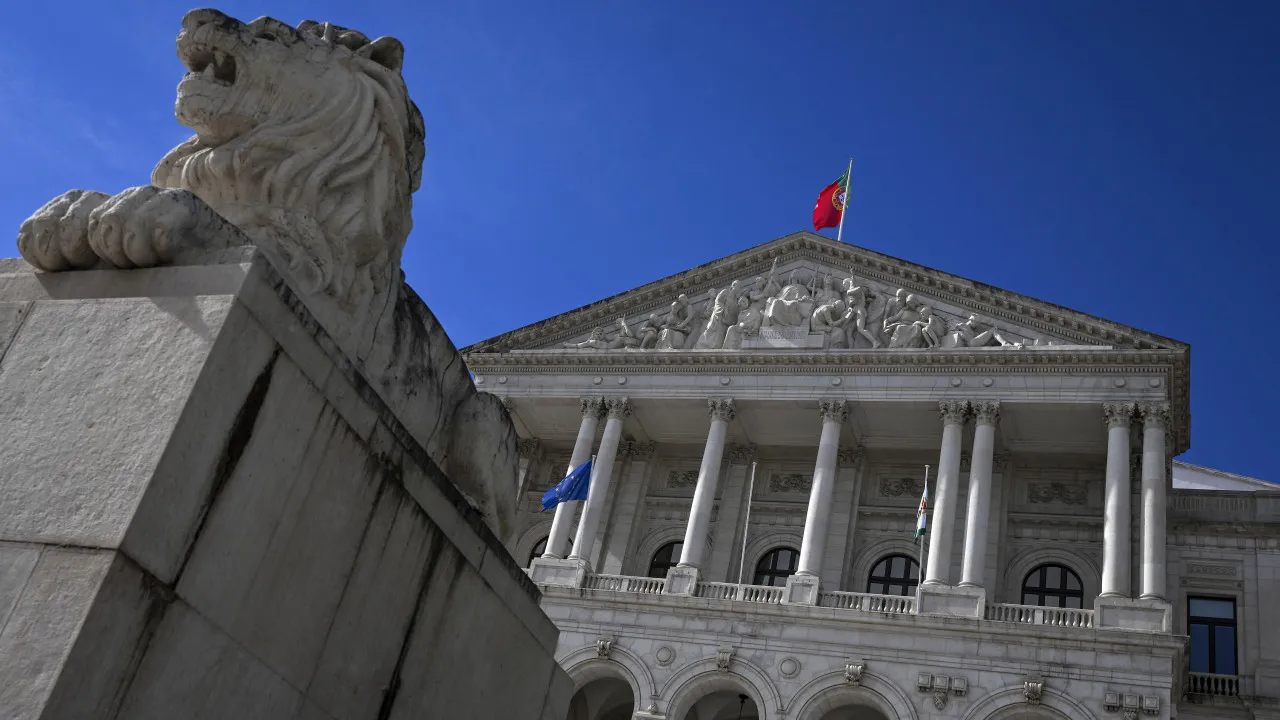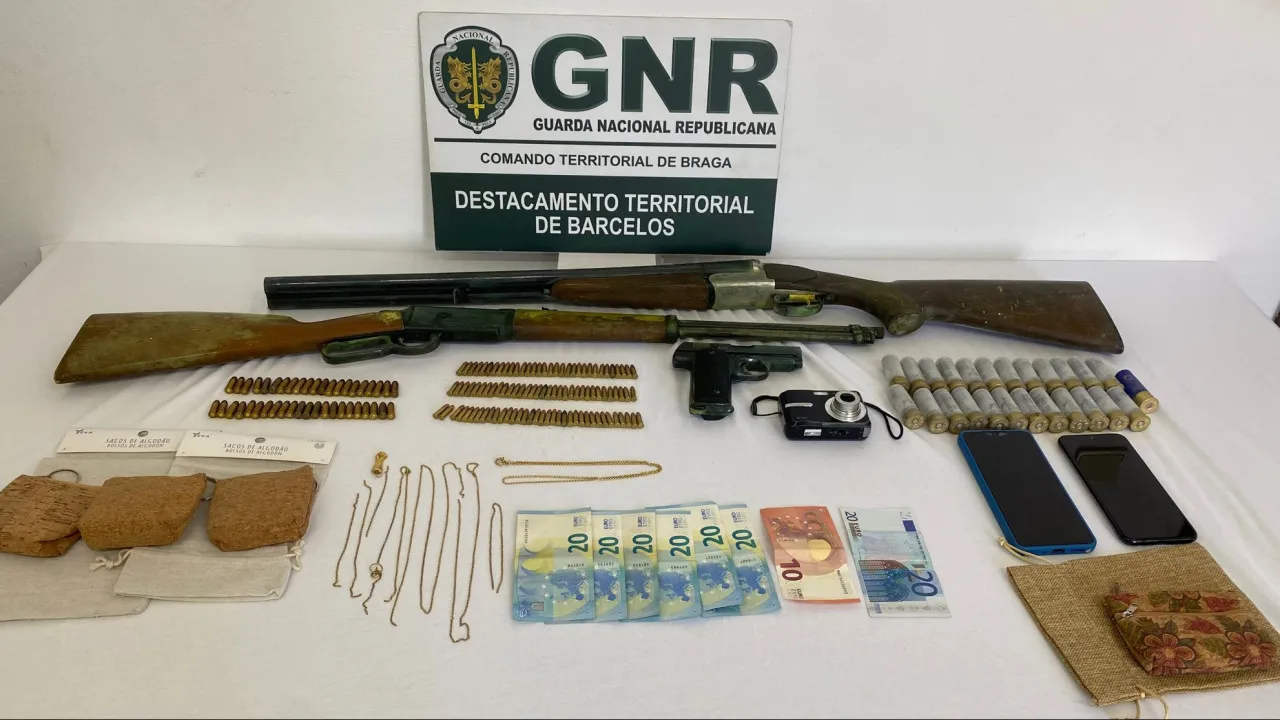
A new exhibition, “The Puppet Revolution | 1970 – 1980,” was inaugurated this evening and will be open to visitors until June 15 at the National Museum Frei Manuel do Cenáculo (MNFMC), located in the acropolis of the Alentejo city.
This initiative is a collaboration between the MNFMC, the Puppet Museum, the National Museum of Theatre and Dance, both from Lisbon, and the 17th International Puppet Biennial of Évora (BIME), organized by the Évora Dramatic Center (CENDREV).
Sandra Leandro, the director of the Évora museum, emphasized this as “a pioneering event that reflects various revolutions.”
“It is rare for a national museum to invite puppet art for an exhibition, but [in this case] it does so with full conviction,” affirmed the director of the MNFMC.
Leandro noted that, “generally, puppet art was regarded as something slightly lesser,” but this is not the perception of the museums involved in this exhibition.
“We do not view it this way because both popular and academic art can coexist, each with their value and place in a national museum,” she stated.
In the Évora exhibition, visitors will be able to appreciate “a total of 72 puppets from the 1970s and 1980s, mostly from the Puppet Museum and others from the National Museum of Theatre and Dance,” she explained.
“One of the reasons we are hosting the exhibition is that this wonderful city of Évora has a biennial, BIME, and we will have the 17th edition. It was a joint proposal. It is a very happy moment, and these puppets are set to create a true revolution,” argued Sandra Leandro.
The director of MNFMC recalled that puppets “tell an immensely important part of the country’s history. In the 1970s and 1980s, as Portugal was restructuring, puppet art reflected this both creatively and plastically. It was a very rich period for this art form, with very interesting creators, some of whom even emerged in the 1960s,” she observed.
The exhibition’s statement explains that the initiative narrates the history of puppetry in Portugal “during the bold and creative decades of the 1970s and 1980s.”
“Starting in the late 1960s, puppetry in Portugal was invigorated by the winds of change beginning to be felt across the arts in general,” it reads.
Gradually, puppetry moved from the streets into halls, reached schools, acquired new techniques and artistic components, embraced dramaturgy, and gave voice to classic texts.
“With innovative boldness, puppetry and its theater became a key cultural agent in building art-based education, which began to forge its path,” according to the MNFMC.
The simple glove puppet gained new movement possibilities, coexisting with more complex puppeteering, manipulated by rods, strings, or visible manipulation.
“The show’s artistic conception, more elaborate, stems from a project, a drawing, an artistic thought,” integrating puppetry with theater, music, dramaturgy, and scenography, it reported.
The puppets displayed in Évora “were created by the most representative companies of this metamorphosis,” such as Teatro de Branca Flor, Grupo de Teatro Perna de Pau, Companhia Marionetas de São Lourenço and the Diabo, or the Associação Cultural Marionetas de Lisboa.




